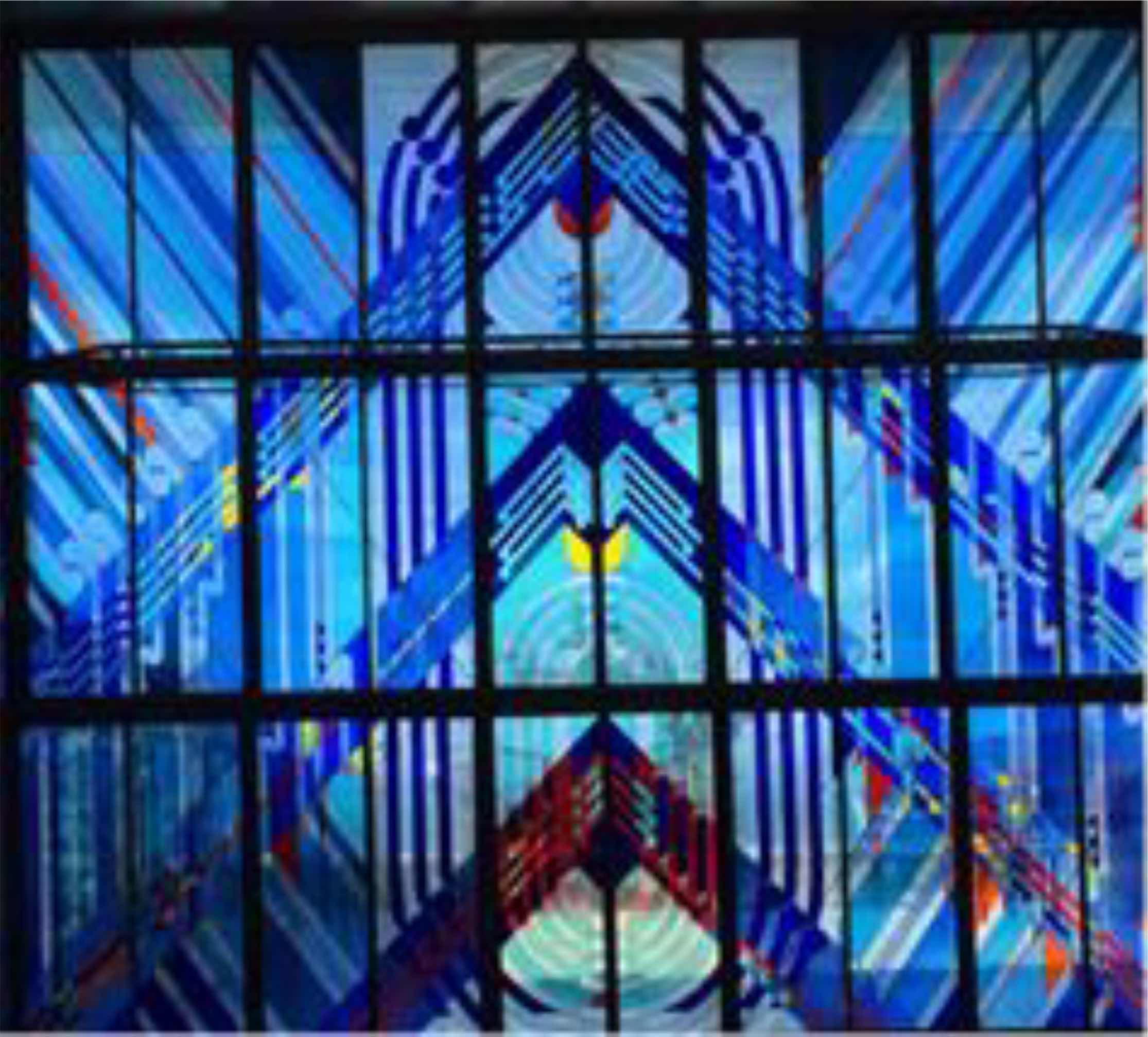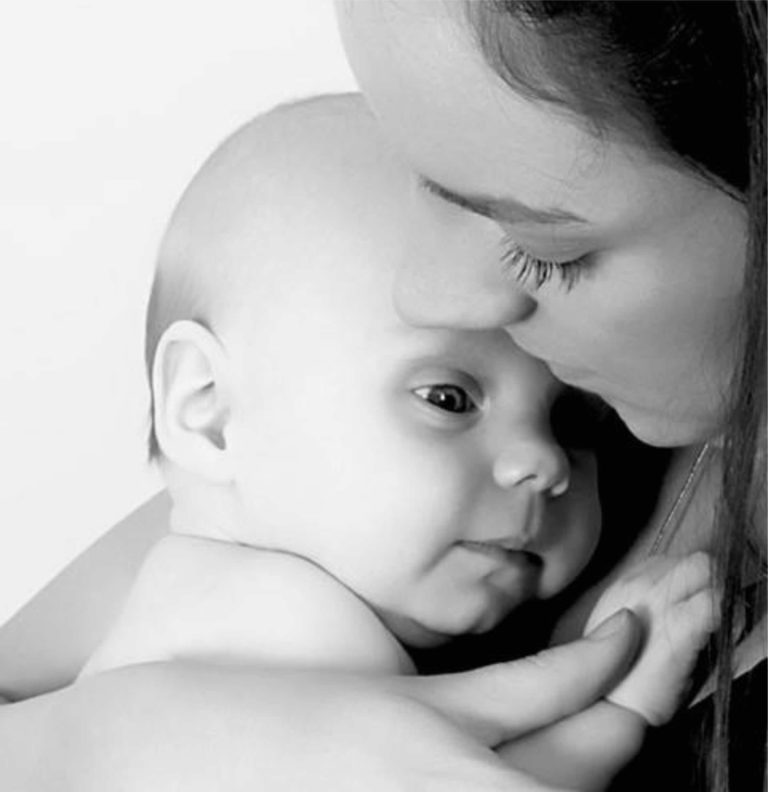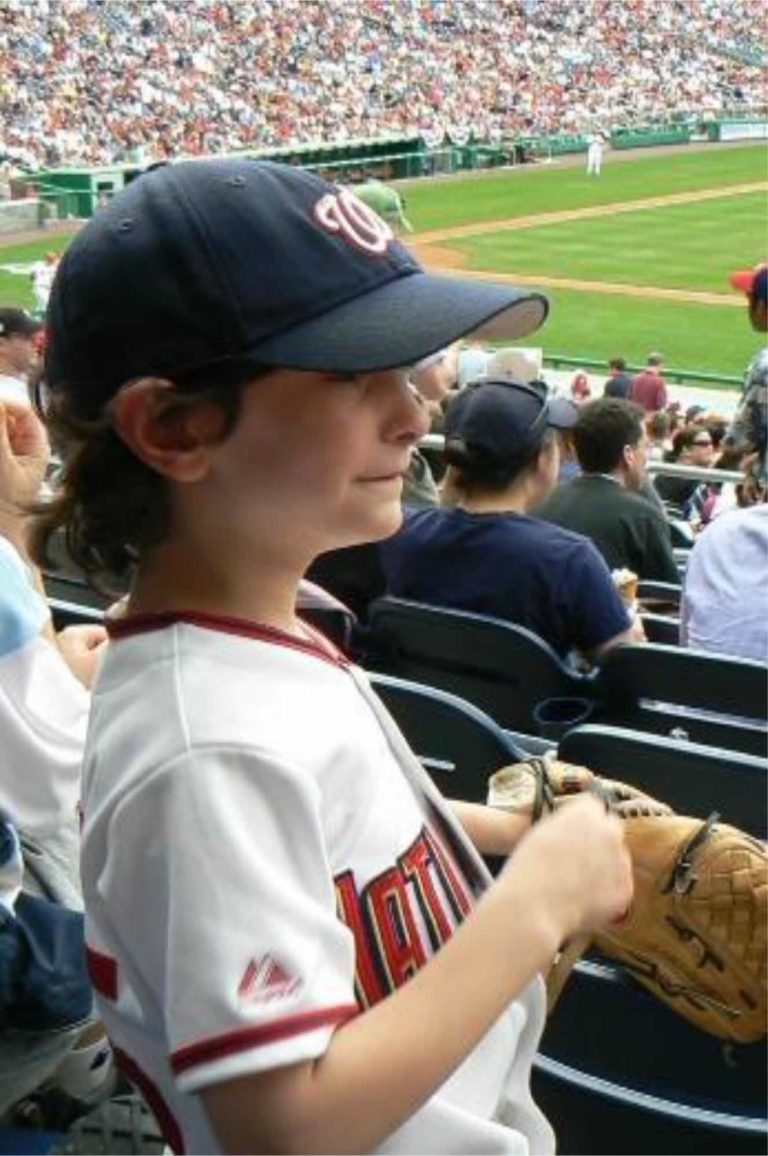While traveling in New Zealand I took a tour at Te Papa Museum led by a Maori Elder, who deepened my understanding of “the dreaming,” which underpins aboriginal religion, ethics, and art. The aborigines of the South Pacific believe dreaming enters the child as soon as he quickens in the womb and it includes all knowledge: how the world came to be, how to live, and how to relate to people. It is said to take a lifetime to know the dreaming and it is learned through stories told by tribal elders.
In one such Maori story of creation, the Father Sky and Mother Earth were together locked in an eternal embrace. They had many sons who lived in the dark crevice between them who one day pleaded with the parents to let them live in the light. For this to happen, the parents would have to separate. The separation was painful and bloody and the sons went to live with Mother Earth while Father Sky remained above. Father Sky was so bereft that he wept for many days, drenching the lands below with his tears.
The guide remarked that there is some tribal variation on the story. For example, one tribe believes there is only one son who comes between the parents. In another, one of the many sons wants to kill the father but the other brothers do not let him, so the rebellious son does not go to earth but remains at large as thunder, wind and lightning.
Returning to America, I re-read Totem and Taboo written in 1912. It was Freud’s thesis that the passionate love and competition felt toward the parents during childhood are universal. My guide put the dreaming and the creation story together in a way that might have made Freud smile.
Image of a stained glass window in the Te Papa Museum, Wellington, NZ. The window depicts an 800 year old Creation Story from the Maori Dream Time.



